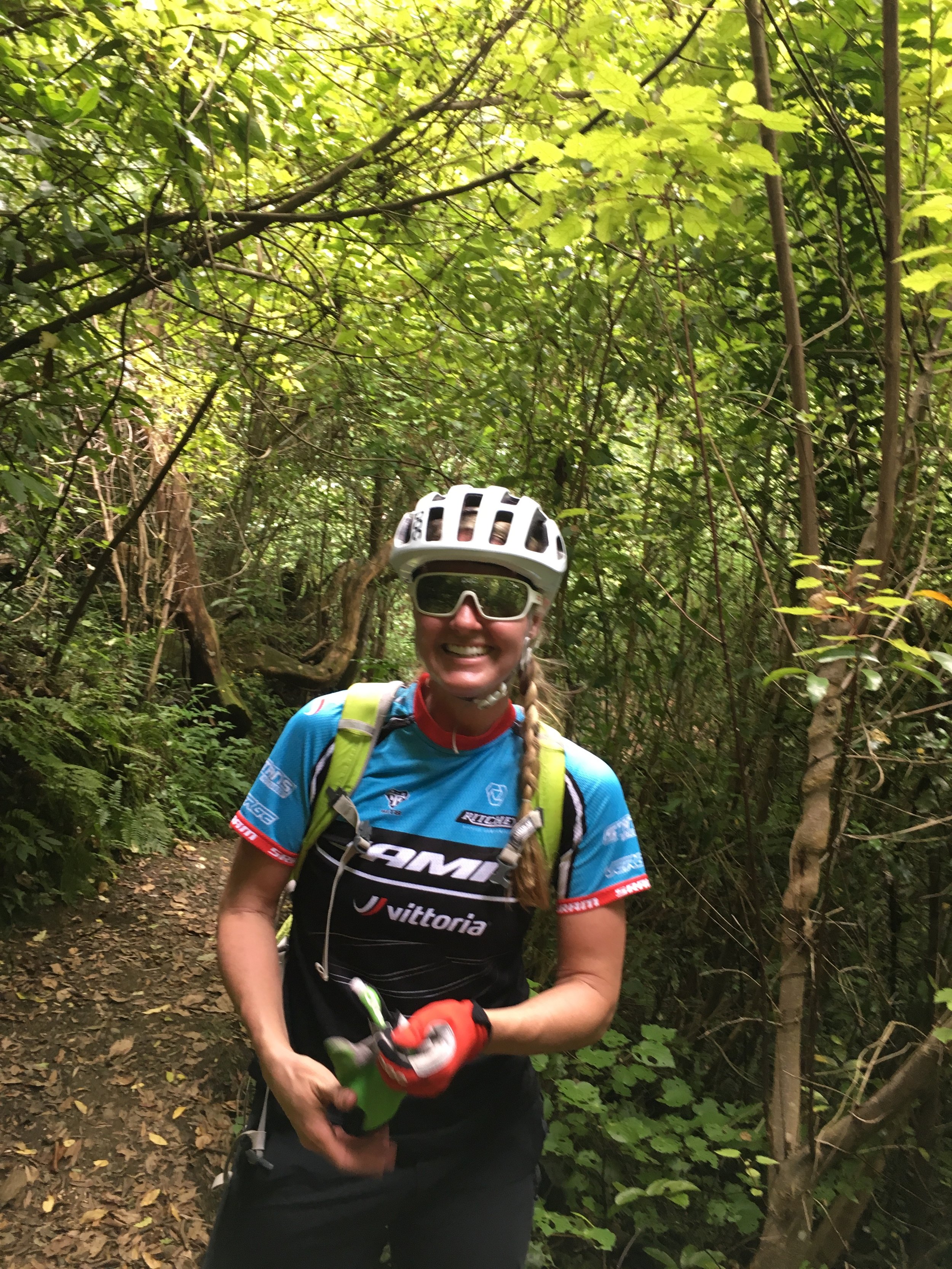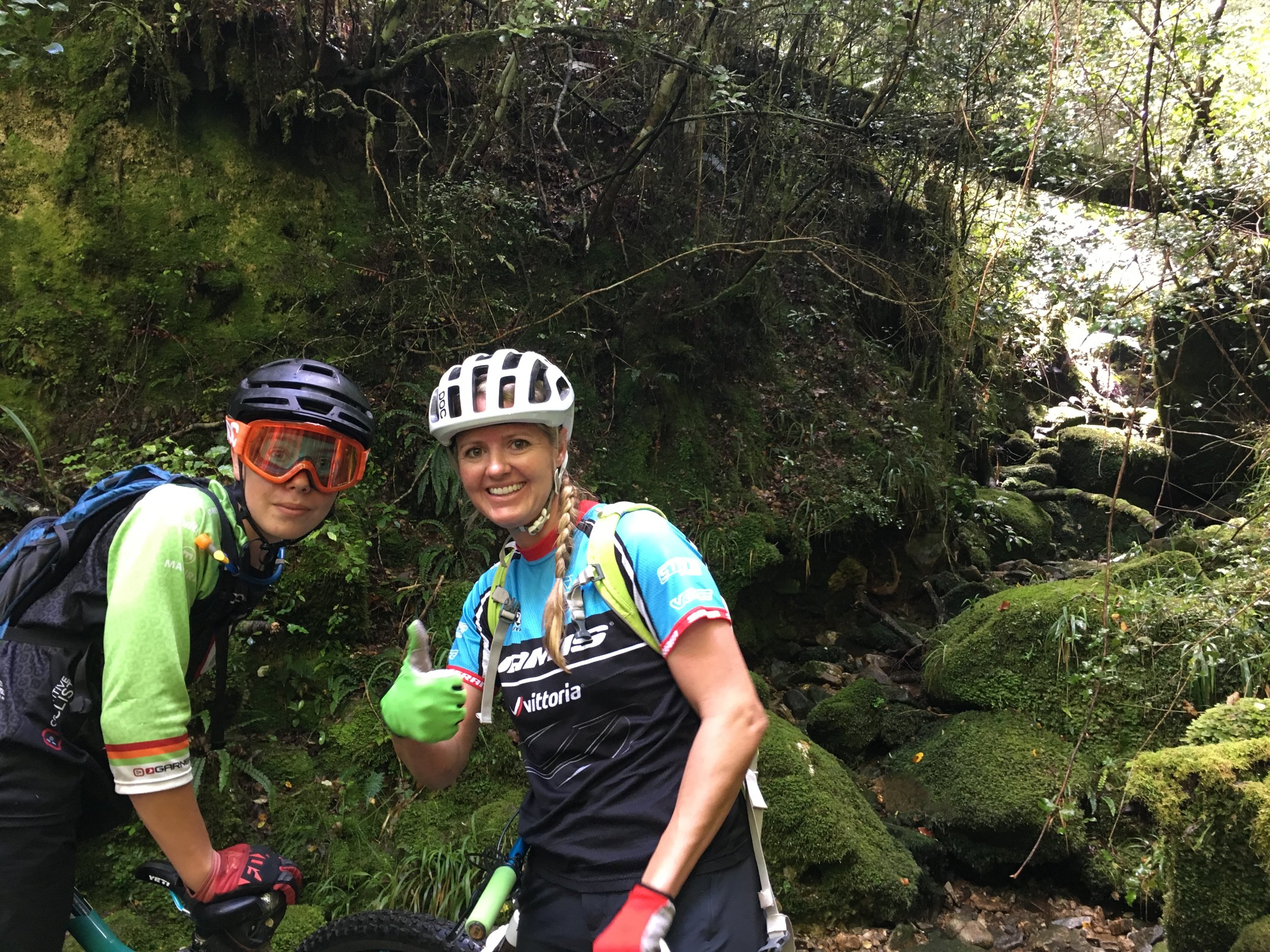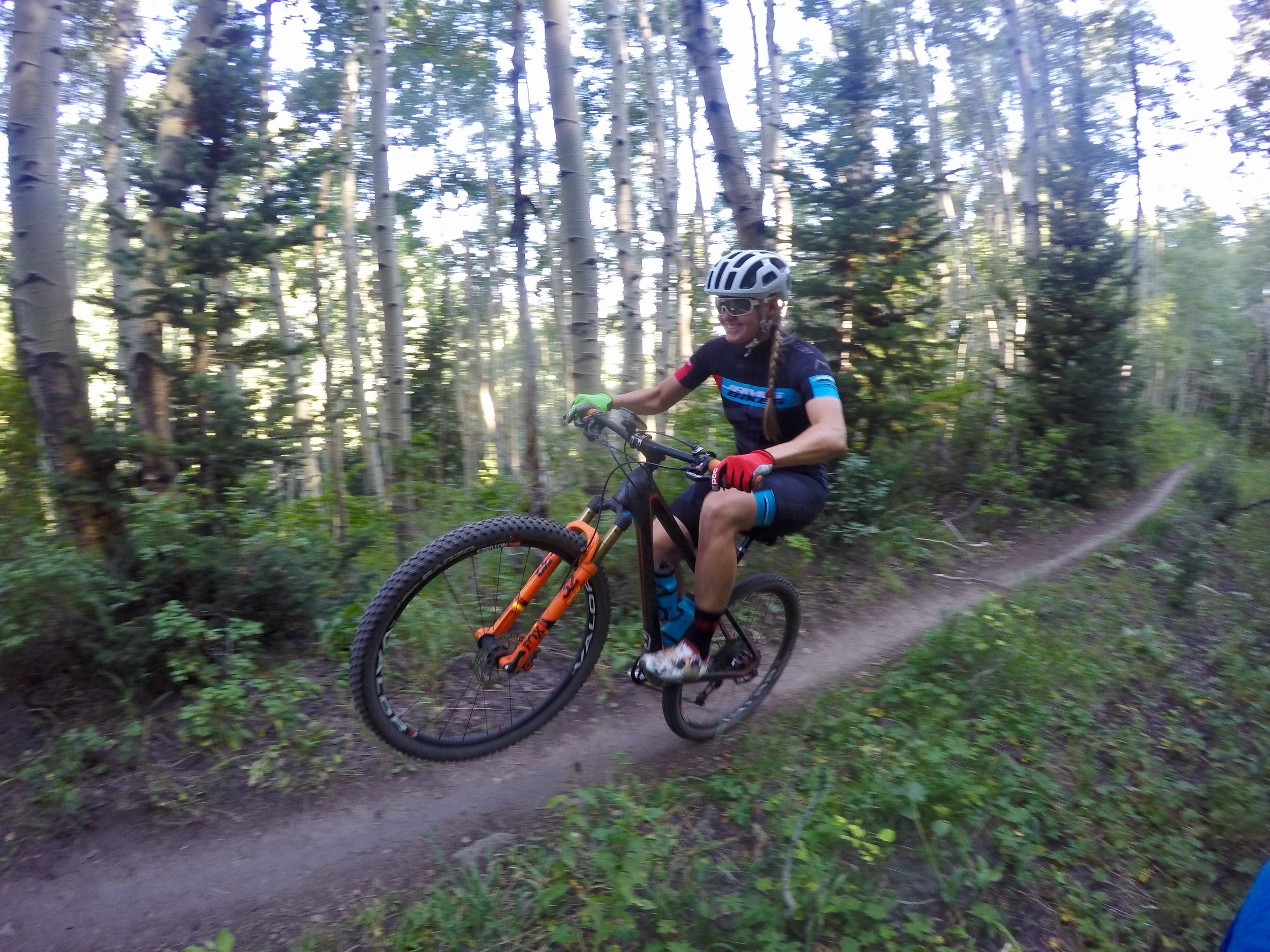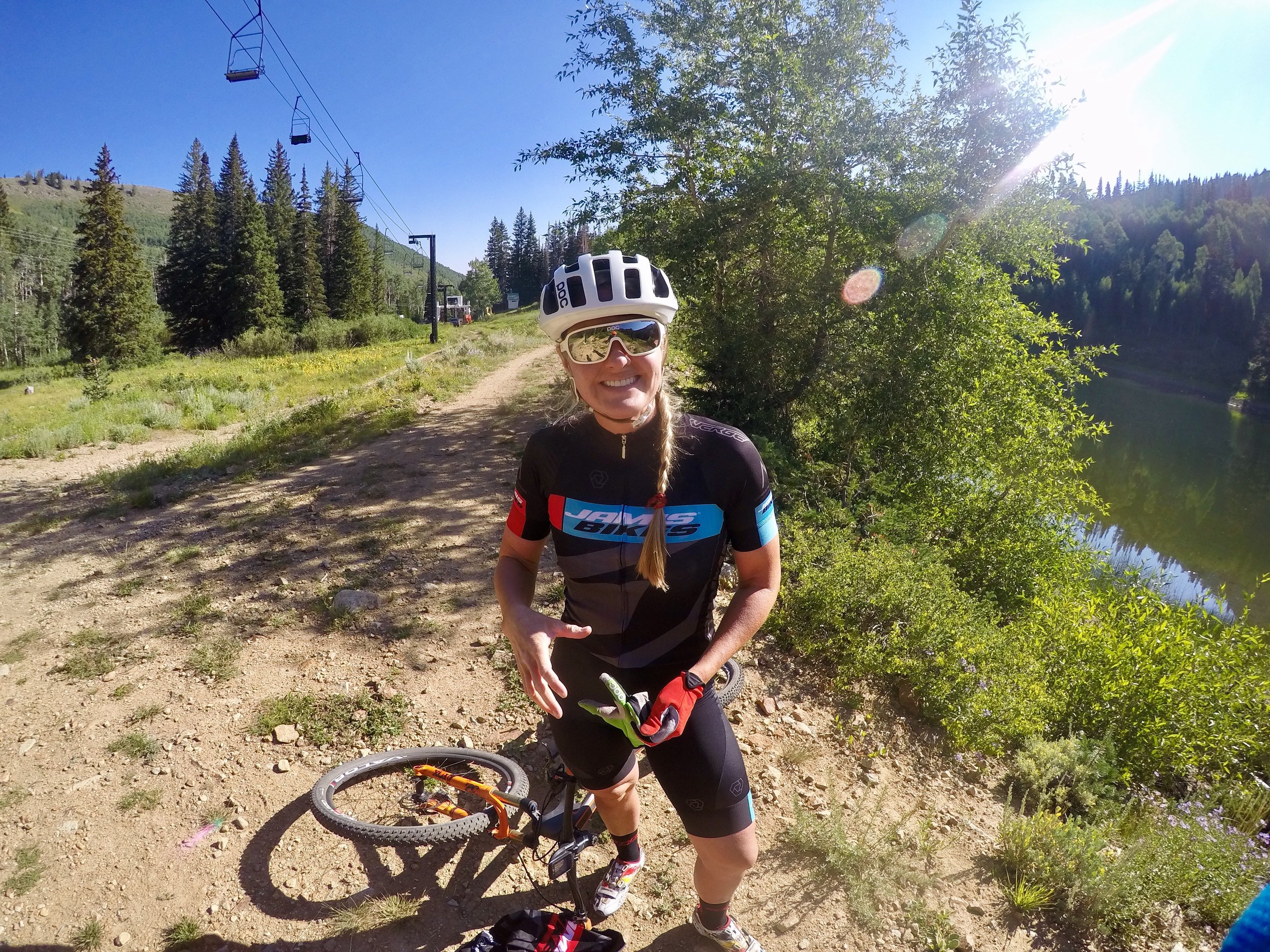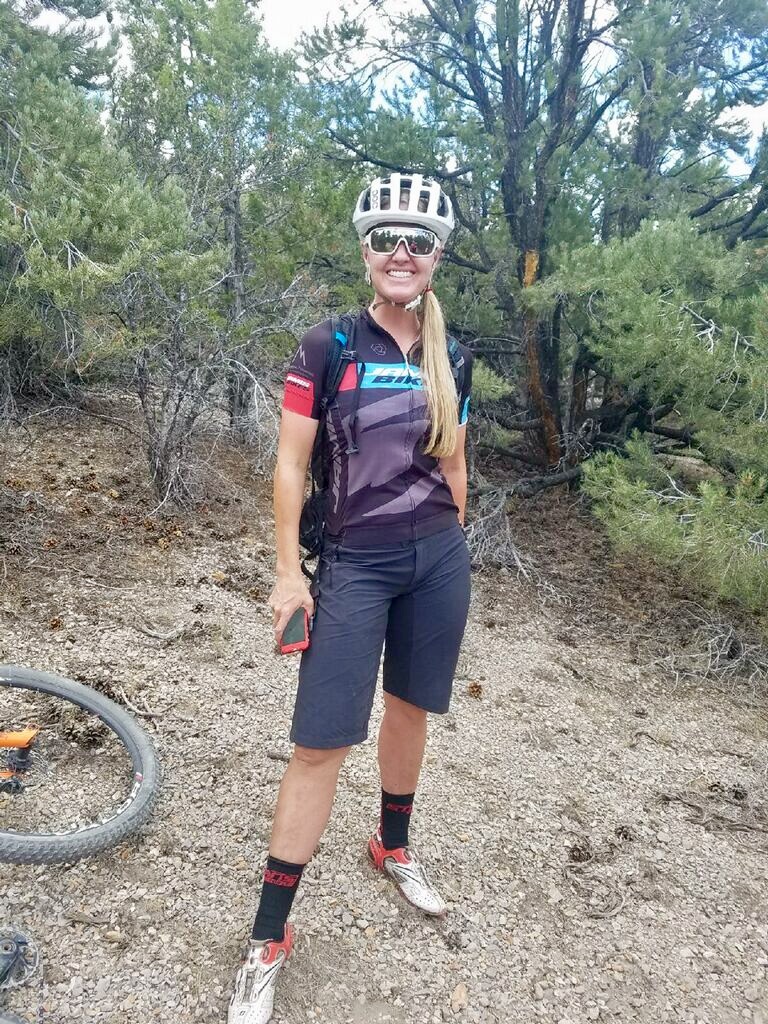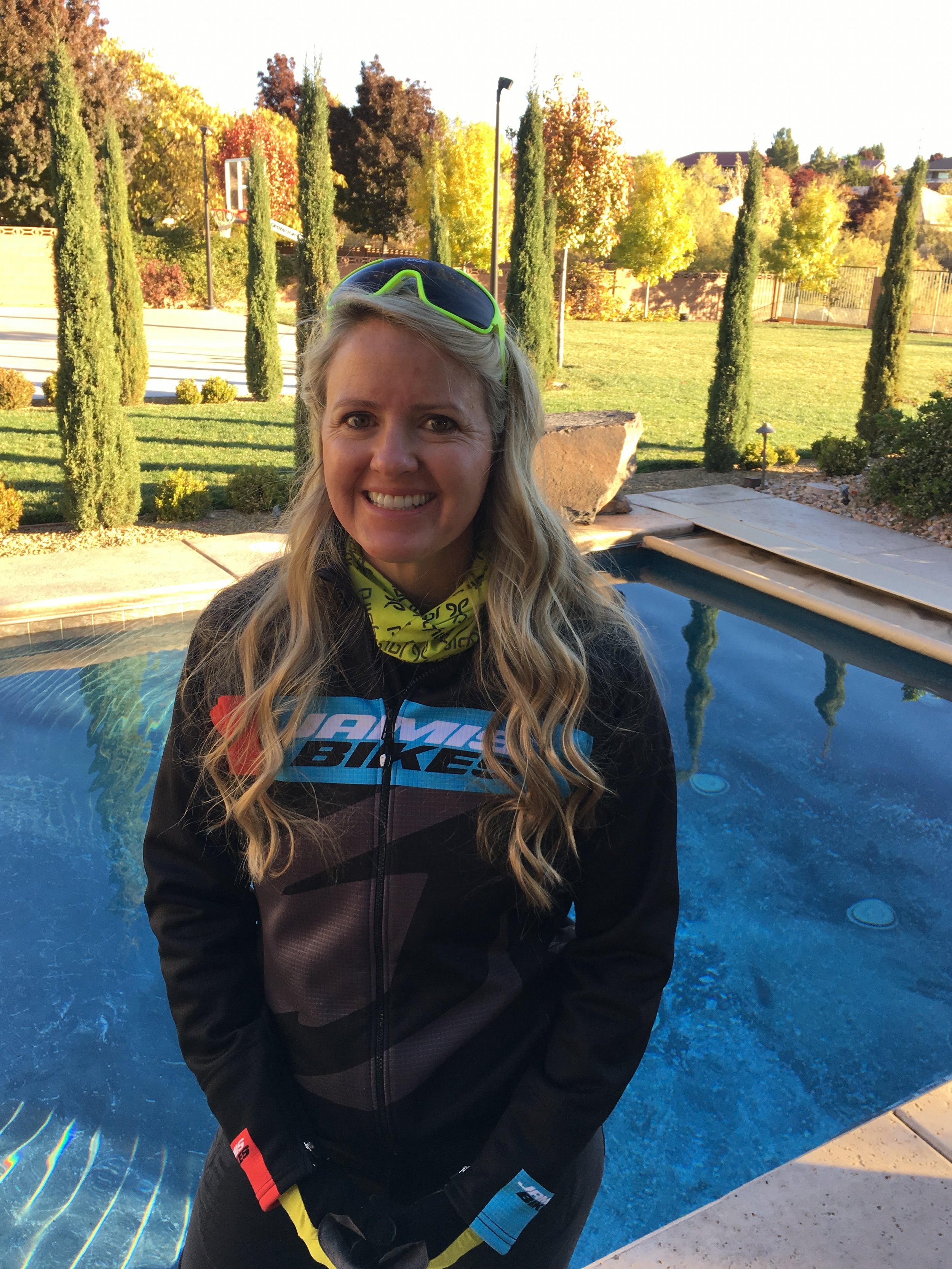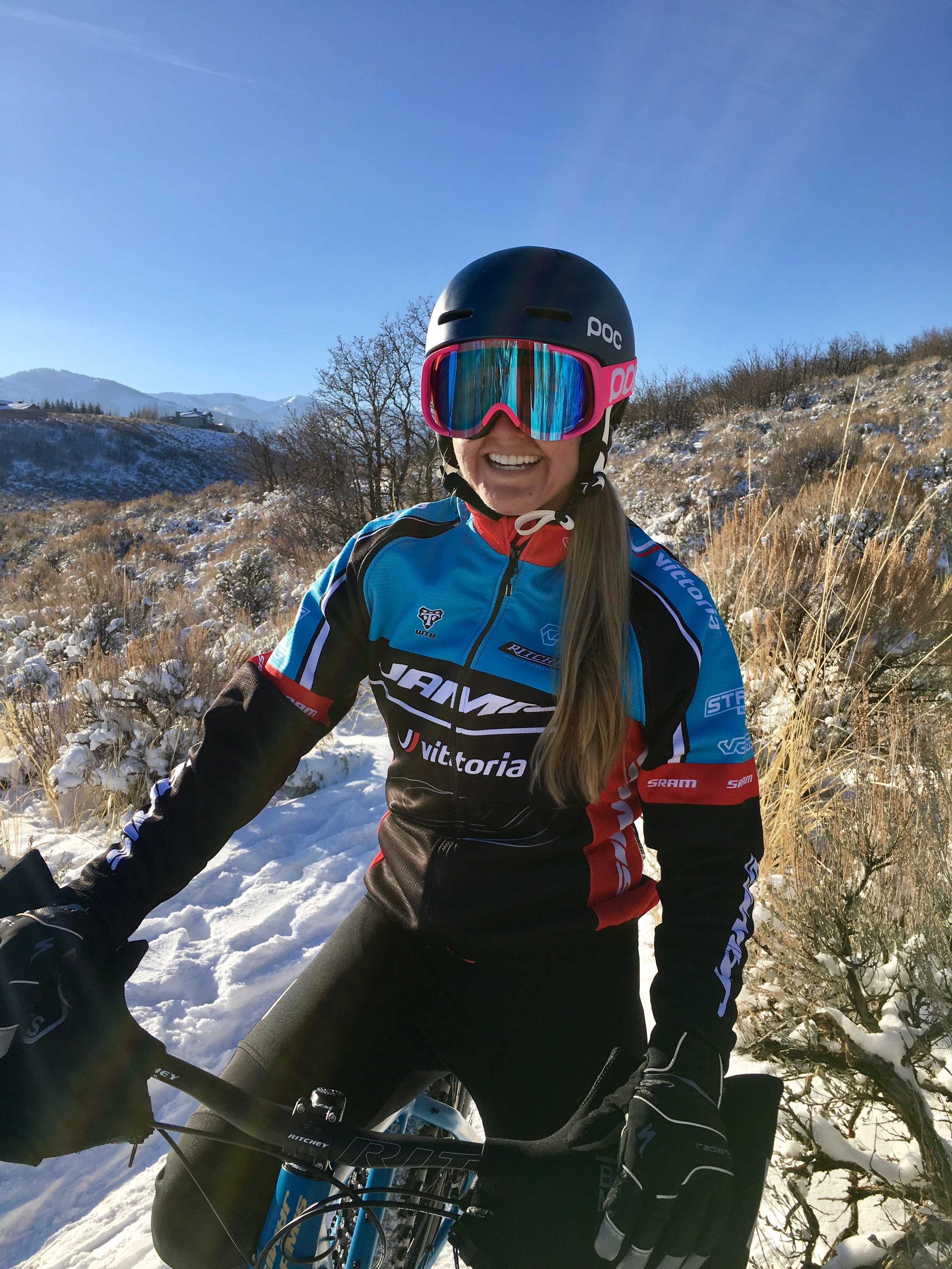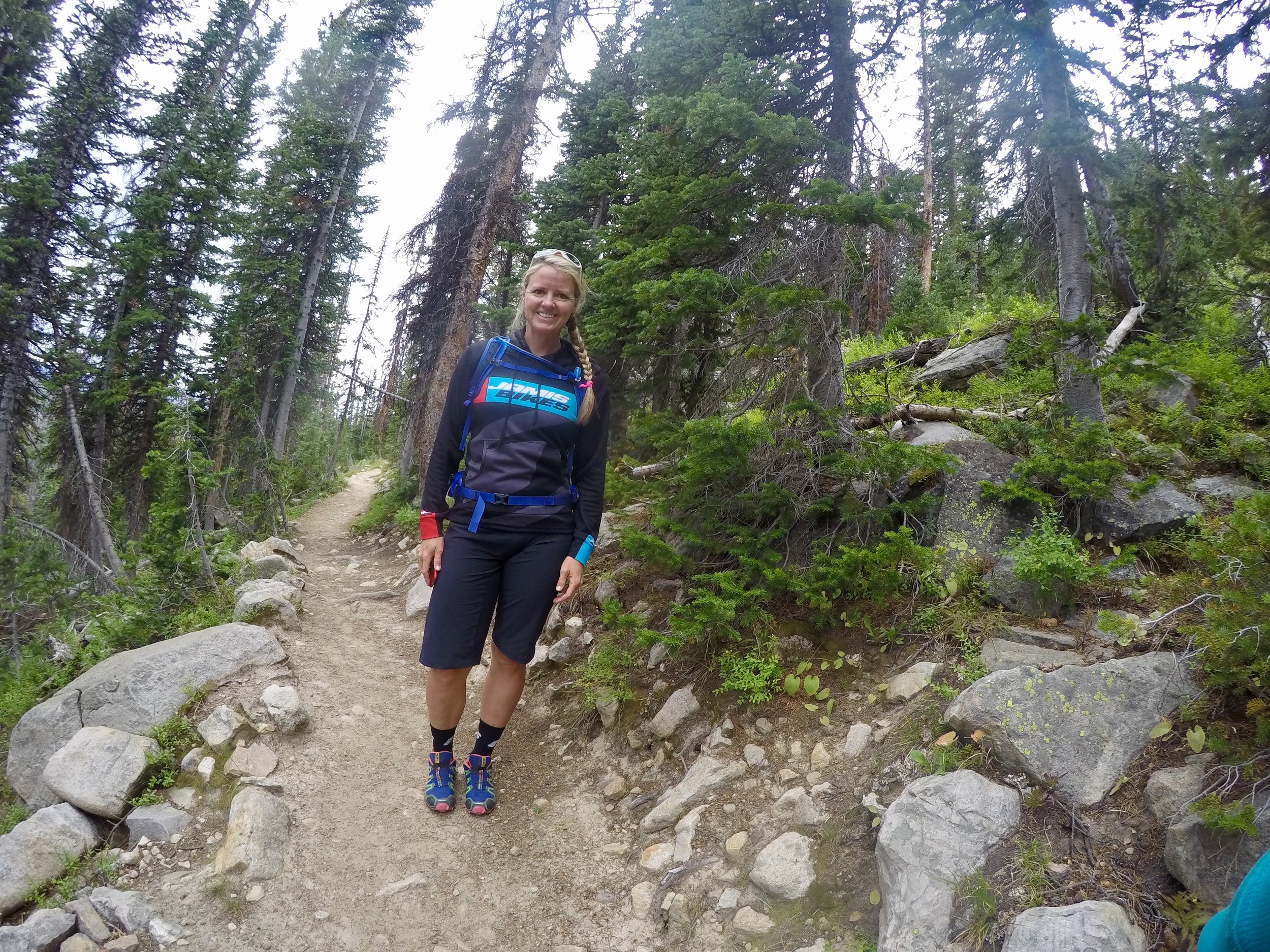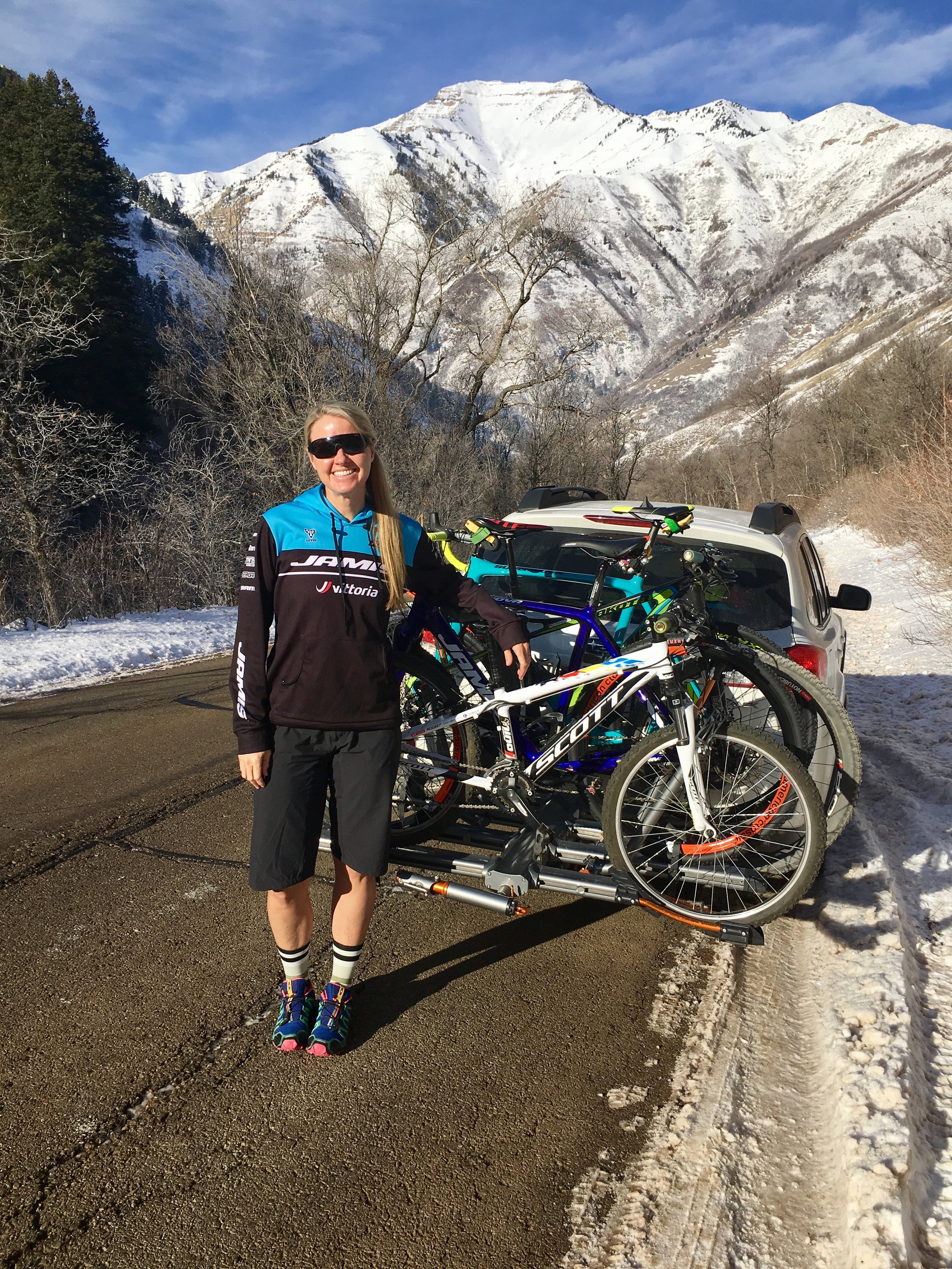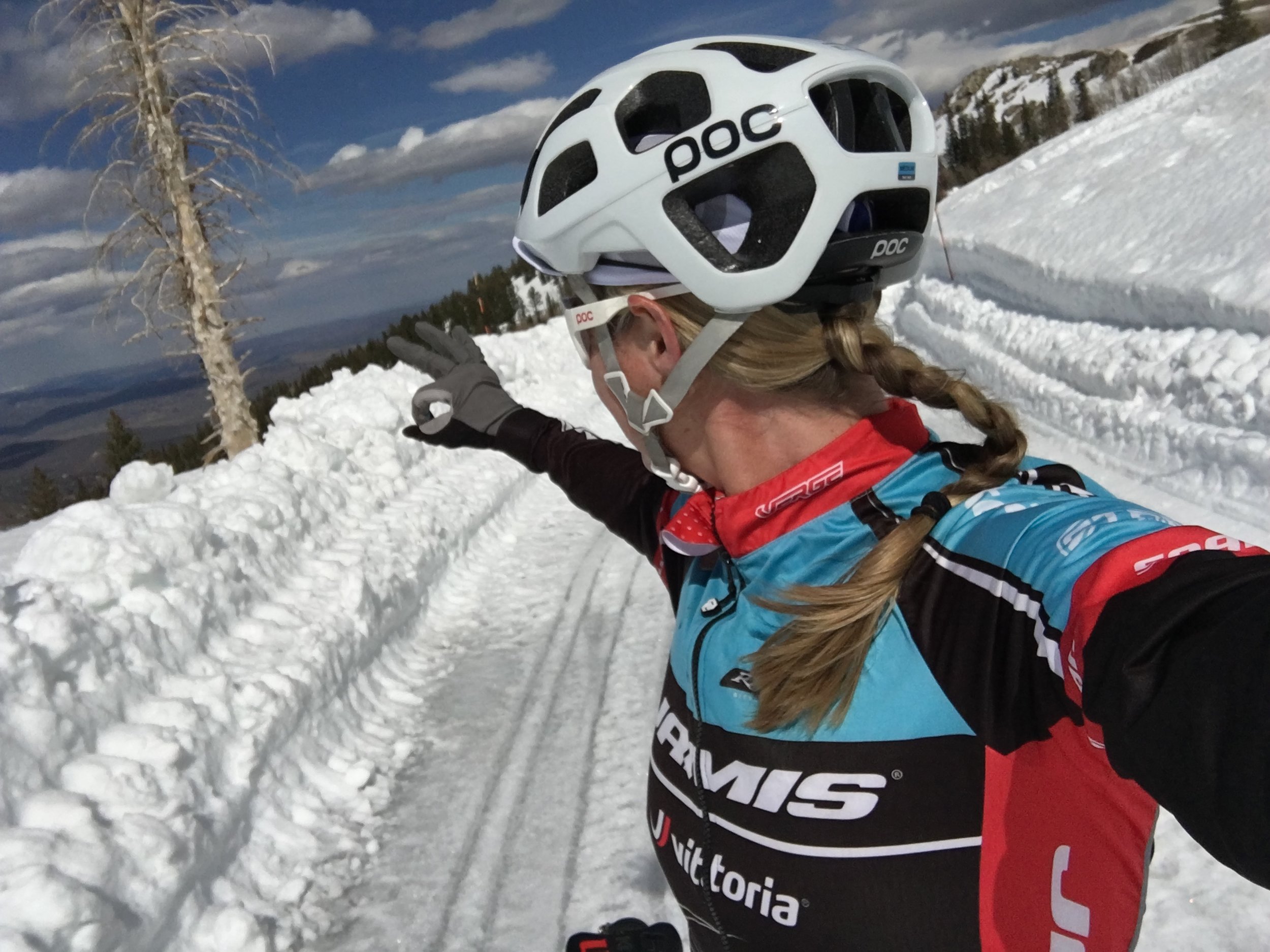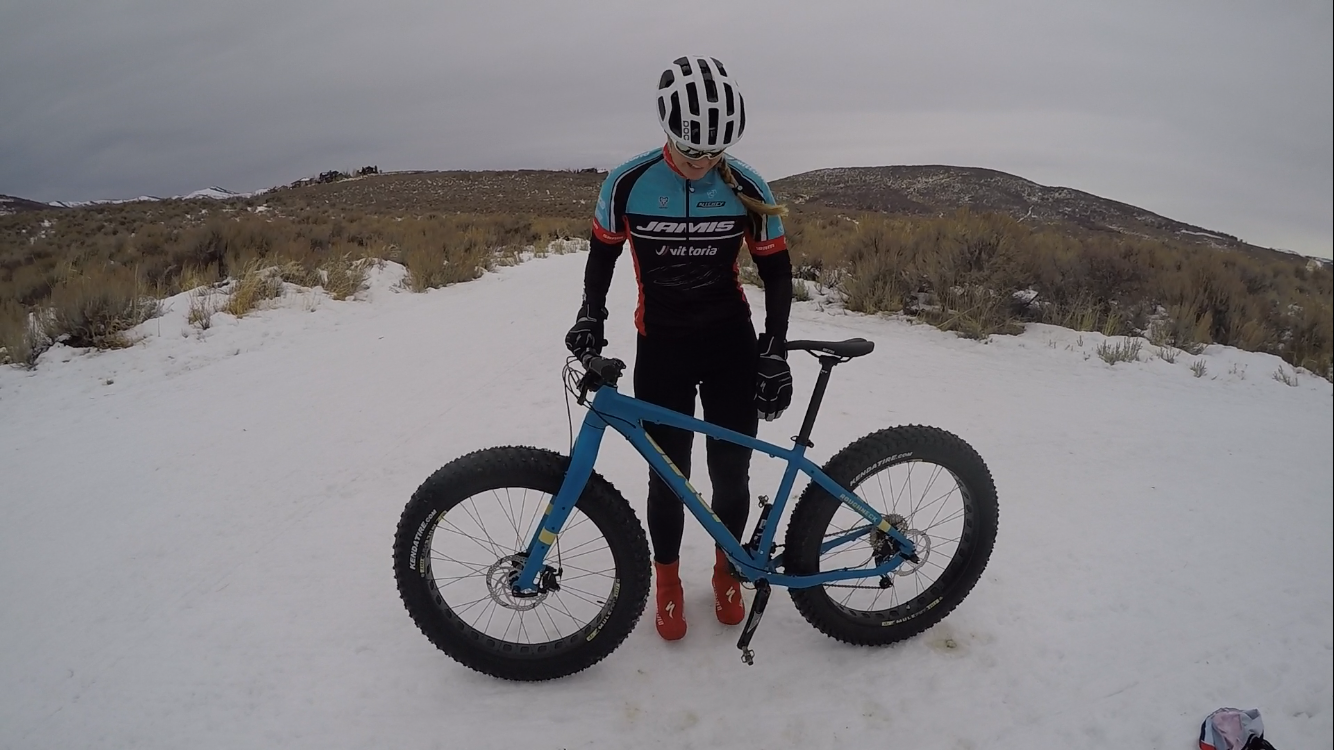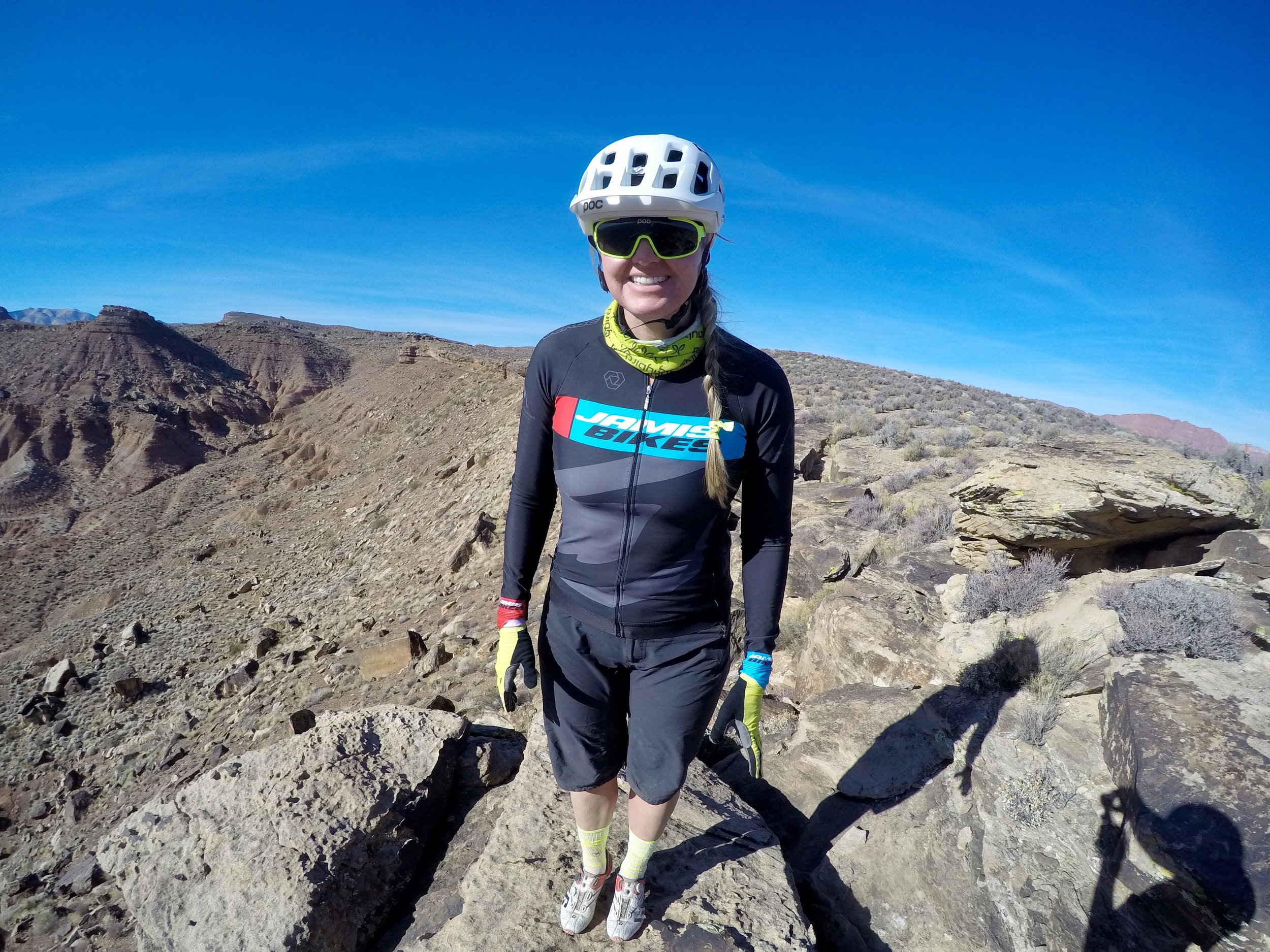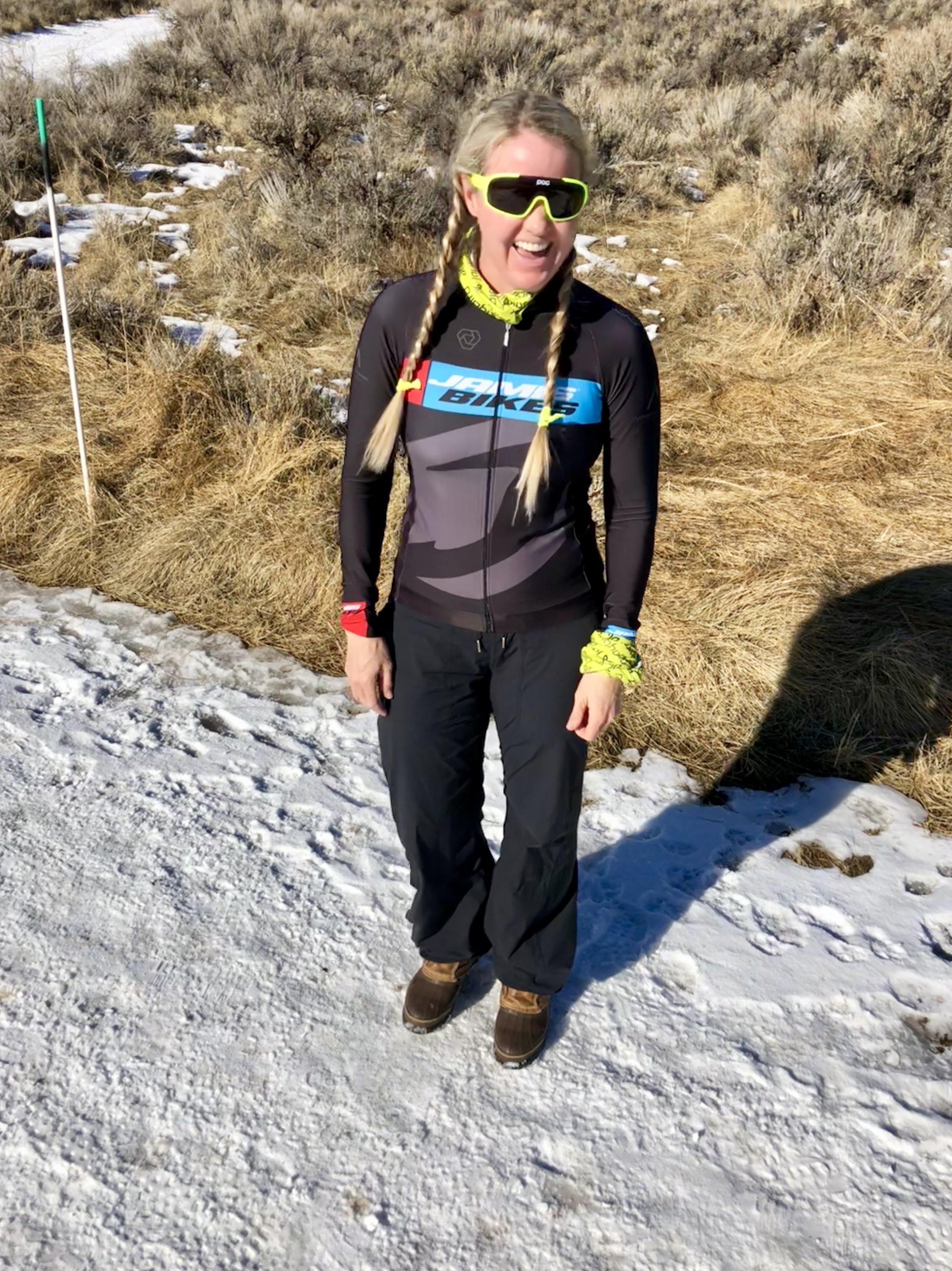The article below was written by Jamie Scott, our head coach in New Zealand.
The New Zealand Women in the Mountains Modern Bikes Rule
I recently had to let my 2013 Specialized Stumpjumper go. It was a good bike. A great bike even. And I have to say this because I had spent the 2 years prior to selling it upgrading everything on it except the main triangle. And I mean everything. Other than that main triangle, nothing was original. Coach Erica proved the best contact to have during this operation, sourcing linkages and carbon bits that were otherwise hard to get here at the bottom of the world (New Zealand).
No matter what I did to that bike though, and no matter how much money I spent, there was one thing I couldn’t really change – that it was from 2013 and thus was built around 2013 sizing standards. By 2019 standards, it was simply too small for me and the type of riding I was now doing. Being too small (too short in the reach and wheelbase to be precise), made it feel twitchy and a bit kicky over jumps (though I have to put my hand up and say a good portion of that issue resides solely with my lack of jumping skill).
With the above realization, my old faithful was broken into her component parts and sold off. The good news story here, however, was that this meant it was now NBD – New Bike Day. My new 2019 Stumpjumper was now longer, lower, and slacker. At first I didn’t want to believe the hype, but I couldn’t ignore it. The evidence was in the first ride. Despite the new rig being adorned with the very same drive train and braking system as the old bike, the longer wheelbase and better geometry calmed the bike down, left it feeling much more stable (especially at speed and through gnarly terrain), and ultimately gave me much more confidence.
More confidence. This is the essence of the Women in the Mountains skills clinics. Teaching women the fundamental skills of piloting a mountain bike so they can feel competent and confident. Riding with confidence means having more fun while you ride. And whilst sometimes is isn’t all about the bike, sometimes it actually is about the bike.
Case in point. A couple of weeks back, I took a group of ladies through our Christchurch skills clinic. Two friends in the group, both of similar experience and ability, turned up on two very different bikes. Polar opposite bikes, in fact. One was literally a brand spankers 2019 Liv. Full suspension. Tires with enough grip to tear the fabric of the universe. A great little machine. The other, well it was something different altogether.
It looked like a mountain bike except I’m guessing that somewhere in the original owner’s manual would have been the line “not suitable for use off-road.” It was a hard tail, with an old school coil fork of unspecified travel (not much, and what it did have felt like a pogo stick), and whilst it did have hydraulic disk brakes, they were the types which, once they start to get warm, fade very quickly. The tires were “fast rolling” - which is generally code for “low grip and control” - and it certainly didn’t have a dropper post. It did have gears though. Lots of gears. Something like 21 of them spread across three front chainrings.
Now at this point, the woman who piloted this bike was a trooper. She got in there, and given all the limitations of her rig, she was able to put my repeated and at times long-winded reinforcement of “body position is everything” into action and get her bike down the trail. Just. For after an afternoon of actually riding it off-road and down mountains, it was taking its last gasp. NBD coming up for her too.
Contrasting these two friends and their bikes from what feel like different eras really brought home to me the reason why, at Women in the Mountains, we have a rule around the age and standards of the bikes. As I said above, each one of these ladies started from the same point, but by the end of the clinic one was relishing the stability and control her bike afforded her, effortlessly gliding over roots and rocks, while the other was gently nursing her bike through terrain it was never really meant to face. Despite being an absolute beginner, one day of Women in the Mountains and she was already a far better rider than her bike was ever going to allow her to fully be.
Older bikes (2015 or older) are (with exceptions, of course) much shorter in the wheelbase, leaving them feeling easily unsettled on rougher terrain compared to their longer, more modern counterparts. They are also steeper in their frame angles, meaning the terrain doesn’t need to point down too much before you feel like you are getting pitched over the handlebars. As mentioned in the example above, their brakes, while fine for flat terrain at lower speeds, quickly find themselves well out of their depth with the type of repeated braking needed when riding steeper mountain bike trails.
Perhaps their biggest limitation of all, however, is that these older bikes often lack a dropper seat post (hydraulic seat post). Being able to shift your saddle and seat post down and out of the way in order to get in a better, more centred and stable position over the bike, is without doubt in my mind, the biggest game changer in modern mountain biking. Some older bikes have the quick release style levers on the seat post, allowing you to stop, drop, then roll. But even then, there is often only so far into the frame you can push the seat post, and the rider just cannot get into a strong, stable position over the bike.
We love that so many women are wanting to learn how to ride better. We also respect the fact that modern bikes are a significant investment for many. Despite our desire to minimize exclusions from our clinics, we really do need to draw a line in the sand when it comes to the level (age/capability) of bikes women are bringing along. A bike that sort of looks like a mountain bike but is actually closer to a road bike, or perhaps more commonly, a commuter bike with chunky tires, is just not suitable for the types of clinics and lessons we run. They are also not safe for the off-road areas more women are wanting to ride in. An unsafe bike is not a fun nor confidence-inspiring bike to learn on, and the very last thing we want is for you to leave one of our clinics feeling LESS confident than when you arrived.
From 2021 on we are going to become a bit stricter on our bike age rule. We ask that attendees have a suitable trail/all-mountain/enduro bike from 2016 or later. If you don’t have a modern mountain bike, but still want to come along to one of our clinics, that is fab! There are plenty of places around offering daily mountain bike hire. This is an easy way to not only learn new skills on a more suitable bike, but to get a feel for whether it is something you will enjoy and want to invest in (please don’t make the classic mistake of riding an old, worn out bike in terrain it was never meant for to gauge whether you will like it – believe us – you won’t).
Those minimum standards are:
A trail/all-mountain/enduro bike – 2016 or later
Front suspension of 100mm or greater
Hydraulic disc brakes
Hydraulic dropper seat post
If you are unsure whether your current bike is up for it, just check in with us before making a booking and tell us what you have got. We can talk bikes all day and will only be too happy to help you out with some options.
Coach Jamie
Christchurch, New Zealand












